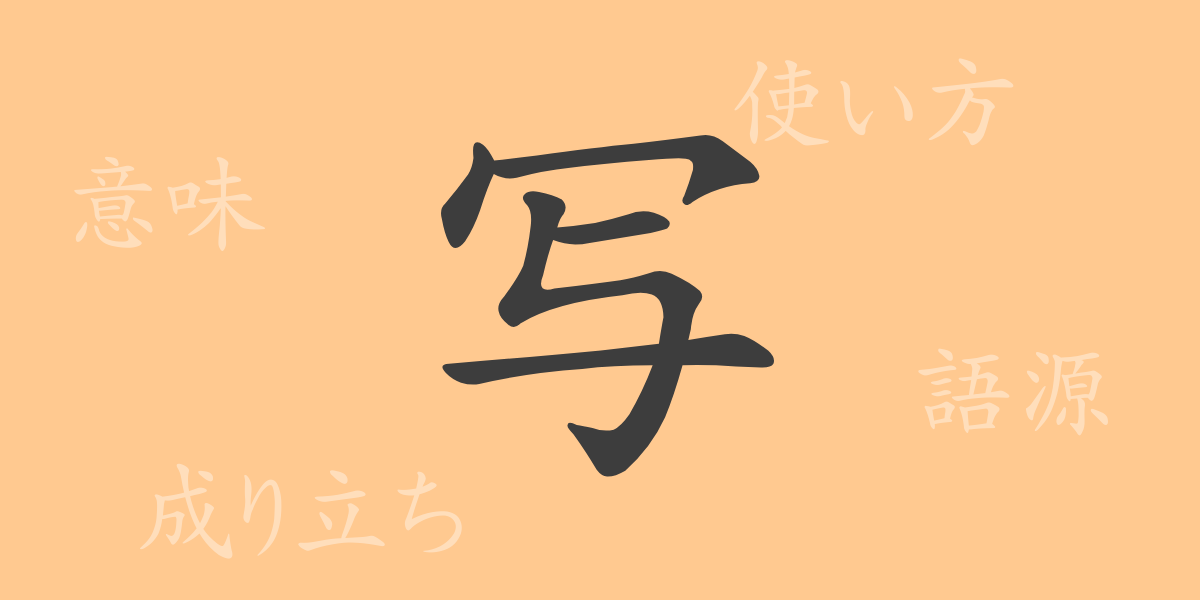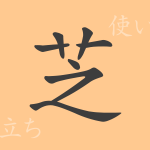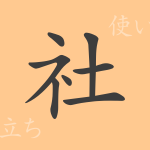Japanese is filled with numerous kanji characters, each with its unique history and meaning. The kanji “写(うつ)” is particularly embedded in our daily lives through its shape and function, and it is used in various contexts. This article explores the origins, meanings, uses, readings, and related idioms of the kanji “写(うつ),” delving into the rich world of expressions this character offers.
Origins of 写 (Etymology)
The kanji “写(うつ)” in ancient China symbolically represented the process of light creating shadows on an object. Its form originally combined the radical “宀” (roof) with “与,” which later evolved into “冖” and “尸.” This combination illustrated the relationship between light and shadow, meaning to reflect or project. Over time, “写(うつ)” developed into concepts like “模写(もしゃ)” (copy) and “写真(しゃしん)” (photograph), becoming widely used in modern times.
Meanings and Uses of 写
The primary meanings of “写(うつ)” are “to copy” and “to project,” encompassing the idea of transferring or reflecting objects, shapes, or shadows onto another medium. For example, “写真(しゃしん)” means recording an image using light, “模写(もしゃ)” means carefully copying a picture or text, and “写真を撮る(しゃしんをとる)” means taking a photograph. Thus, “写(うつ)” is broadly used to denote replication or reproduction.
Readings, Stroke Count, and Radical of 写
The kanji “写(うつ)” is distinctive in Japanese with its readings and structure:
- Readings: The on’yomi (音読み) is “シャ” and the kun’yomi (訓読み) is “うつす” and “うつる.”
- Stroke count: “写(うつ)” consists of 5 strokes in total.
- Radical: The radical is “宀” (roof), indicating its relation to covering or enclosing.
Idioms, Phrases, and Proverbs Using 写
Numerous idioms, phrases, and proverbs in Japanese involve “写(うつ).” Here are some examples:
- 写真(しゃしん): Using light to record images.
- 写生(しゃせい): Drawing or painting a real object with fidelity to its form and color.
- 模写(もしゃ): Carefully copying another picture or text.
- 写し身(うつしみ): A replica or likeness of a person or object.
- 写し取る(うつしとる): Creating something identical based on a model or example.
These phrases reflect the core meanings of “写(うつ)” related to copying and reproduction.
Conclusion on 写
The kanji “写(うつ)” has been intricately connected to our lives from its origins to the present day. It plays a crucial role in advancements in photography and as a means of information transmission. We hope this article helps you understand the multifaceted appeal of “写(うつ)” and provides deeper insight into the richness of the Japanese language.

























